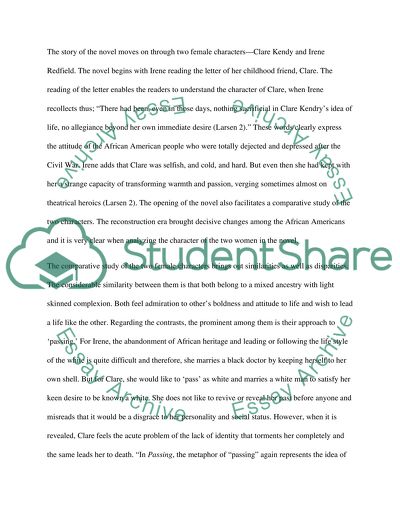Cite this document
(The Uniqueness Of African-American History Essay, n.d.)
The Uniqueness Of African-American History Essay. https://studentshare.org/history/1570761-african-american-history
The Uniqueness Of African-American History Essay. https://studentshare.org/history/1570761-african-american-history
(The Uniqueness Of African-American History Essay)
The Uniqueness Of African-American History Essay. https://studentshare.org/history/1570761-african-american-history.
The Uniqueness Of African-American History Essay. https://studentshare.org/history/1570761-african-american-history.
“The Uniqueness Of African-American History Essay”. https://studentshare.org/history/1570761-african-american-history.


